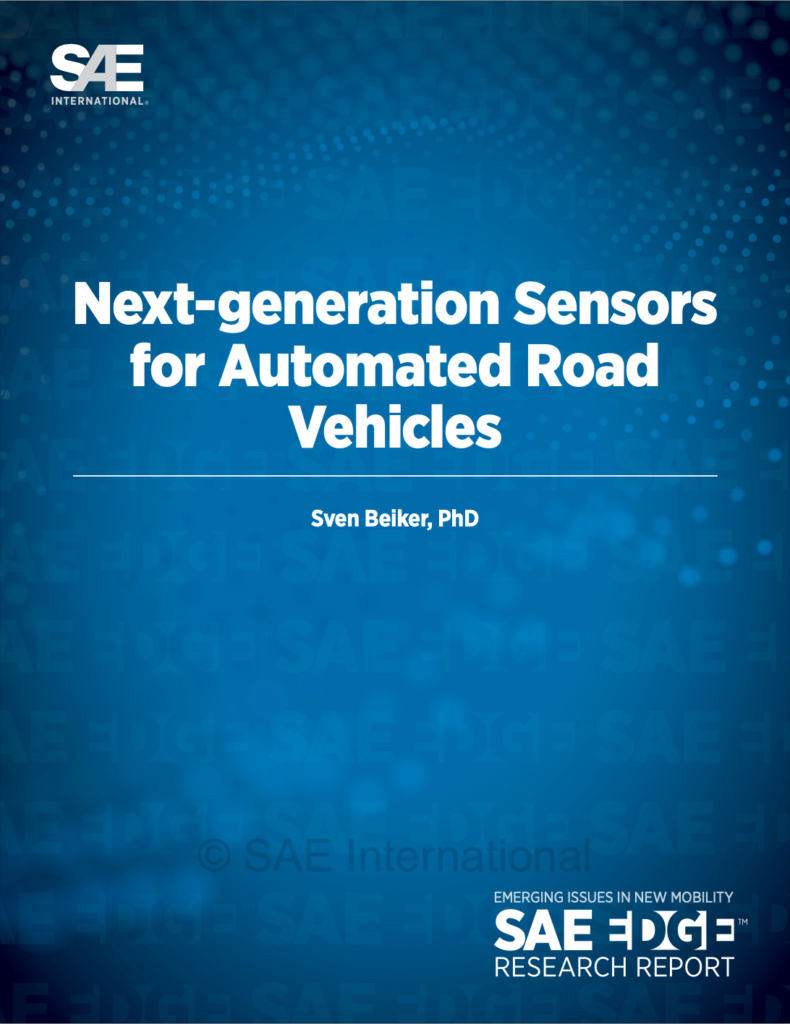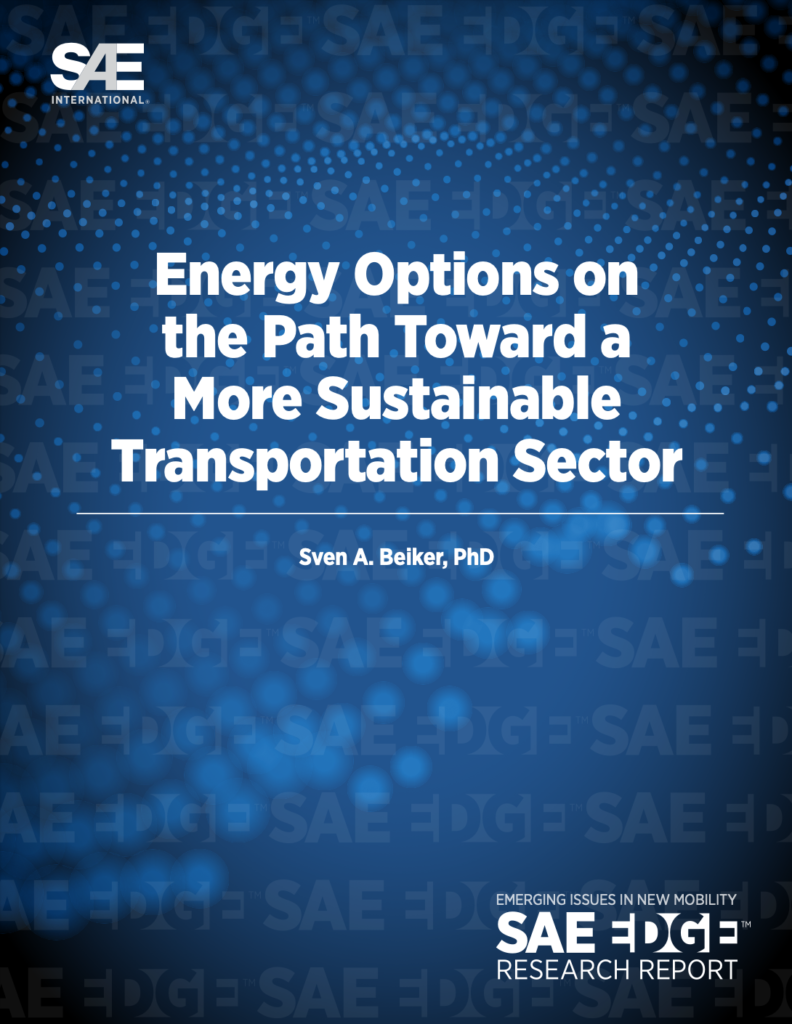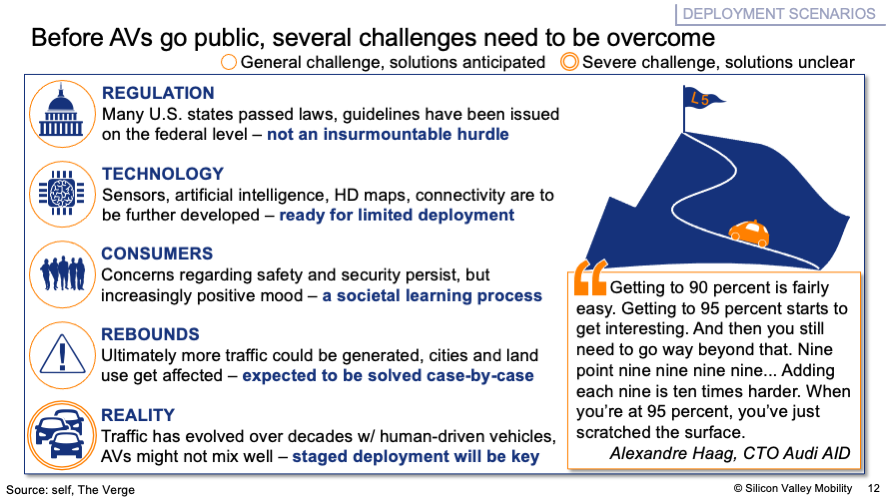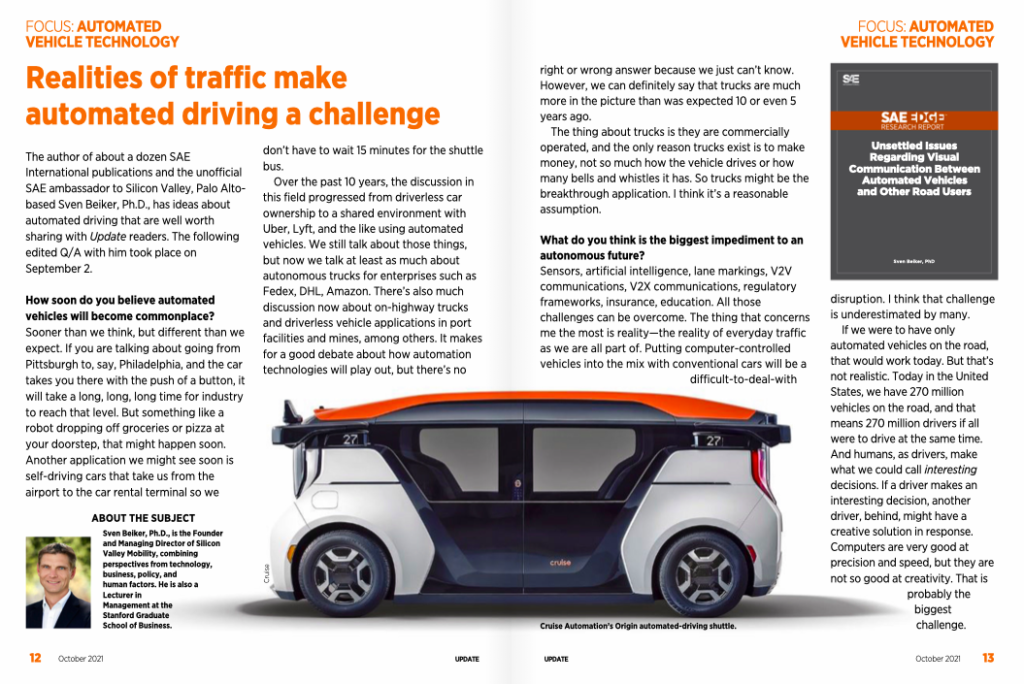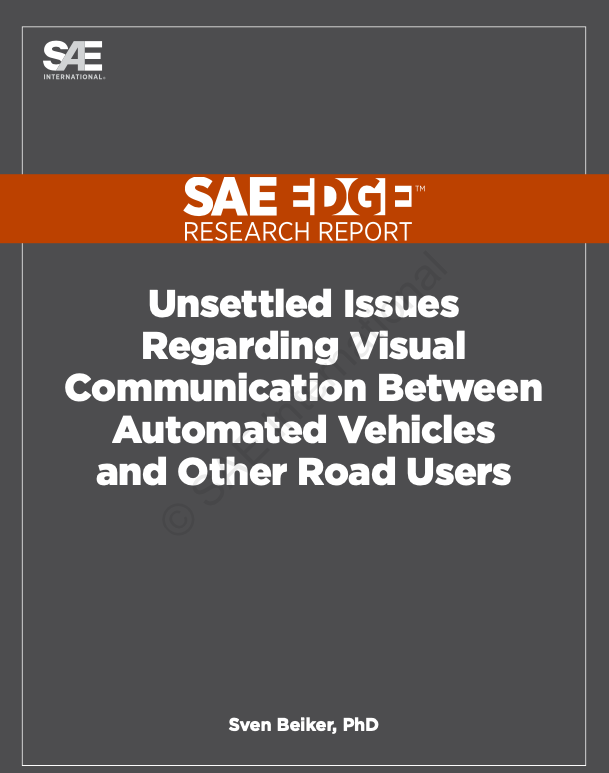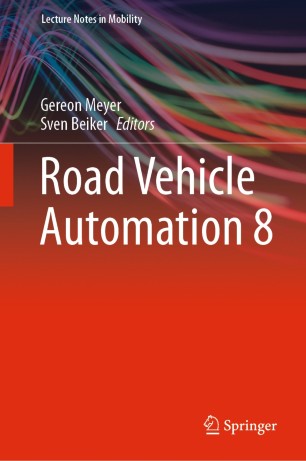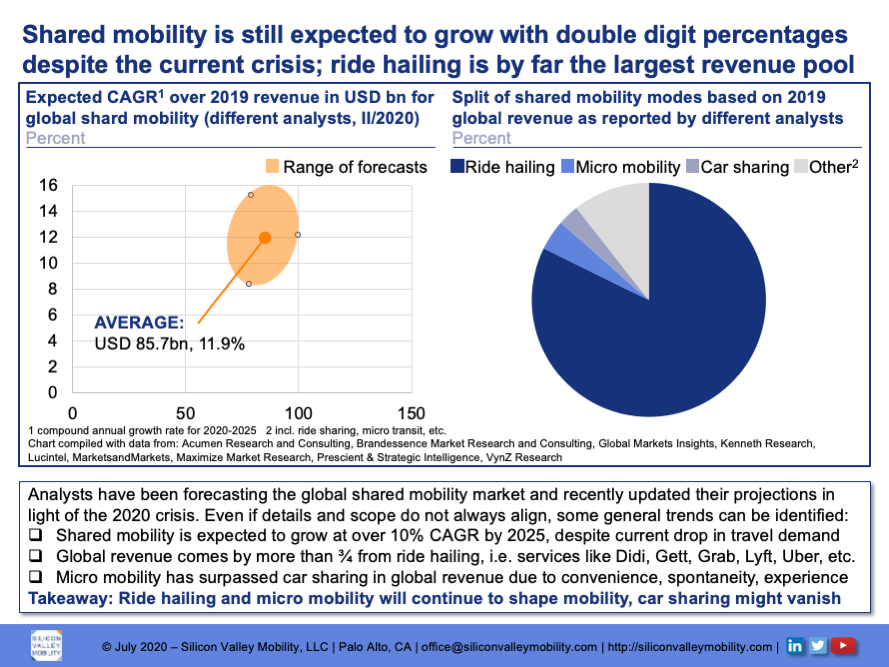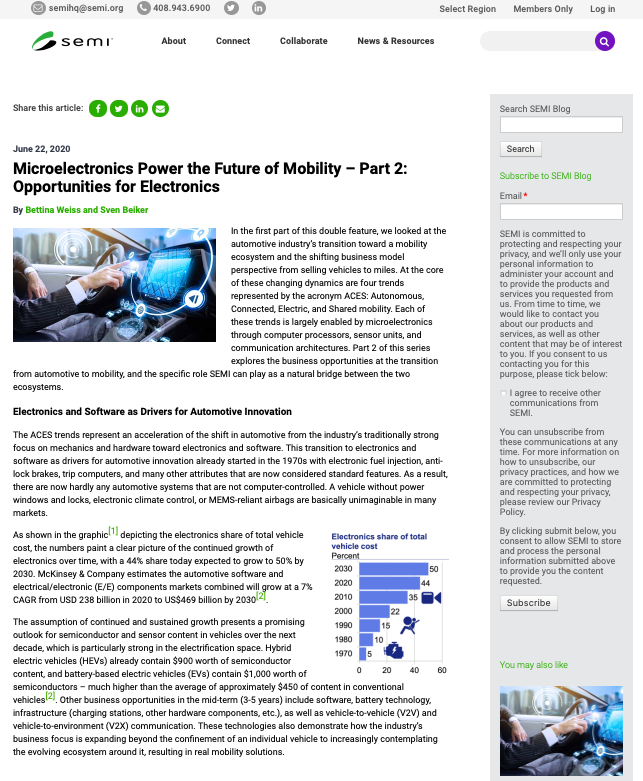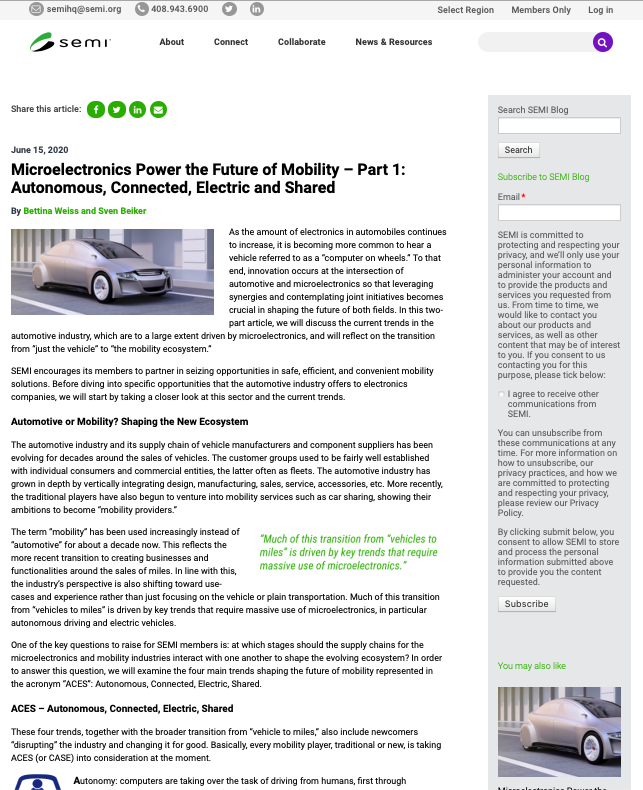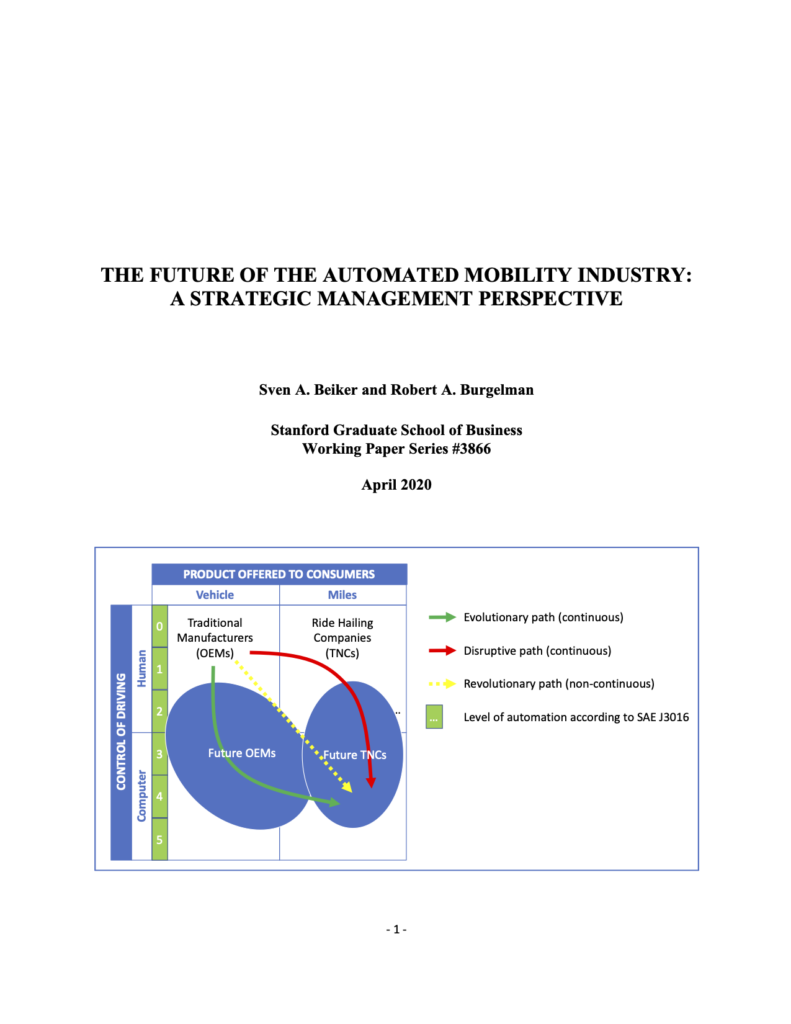Report on Next-generation Sensors for Automated Road Vehicles
I am proud to announce that I published another SAE International report in the field of automated vehicles. This one is titled Next-generation Sensors for Automated Road Vehicles
It is essentially the follow-up to the 2018 inaugural SAE EDGE Research Report on Unsettled Topics Concerning Sensors for Automated Road Vehicles and reviews the progress made in automated vehicle sensors over the past four to five years. We also discuss persistent disagreement and confusion regarding certain terms for describing sensors (near-/mid-/long-range, “bad weather”, …), the different strengths and shortcomings of particular sensors (camera, radar, LiDAR), and procedures regarding how to specify and evaluate them (test procedures, evaluation, comparison…).
All in all, “Next-gen Automated Road Vehicle Sensors” summarizes current trends and debates (e.g., sensor fusion, embedded AI, simulation) as well as future directions and needs.

